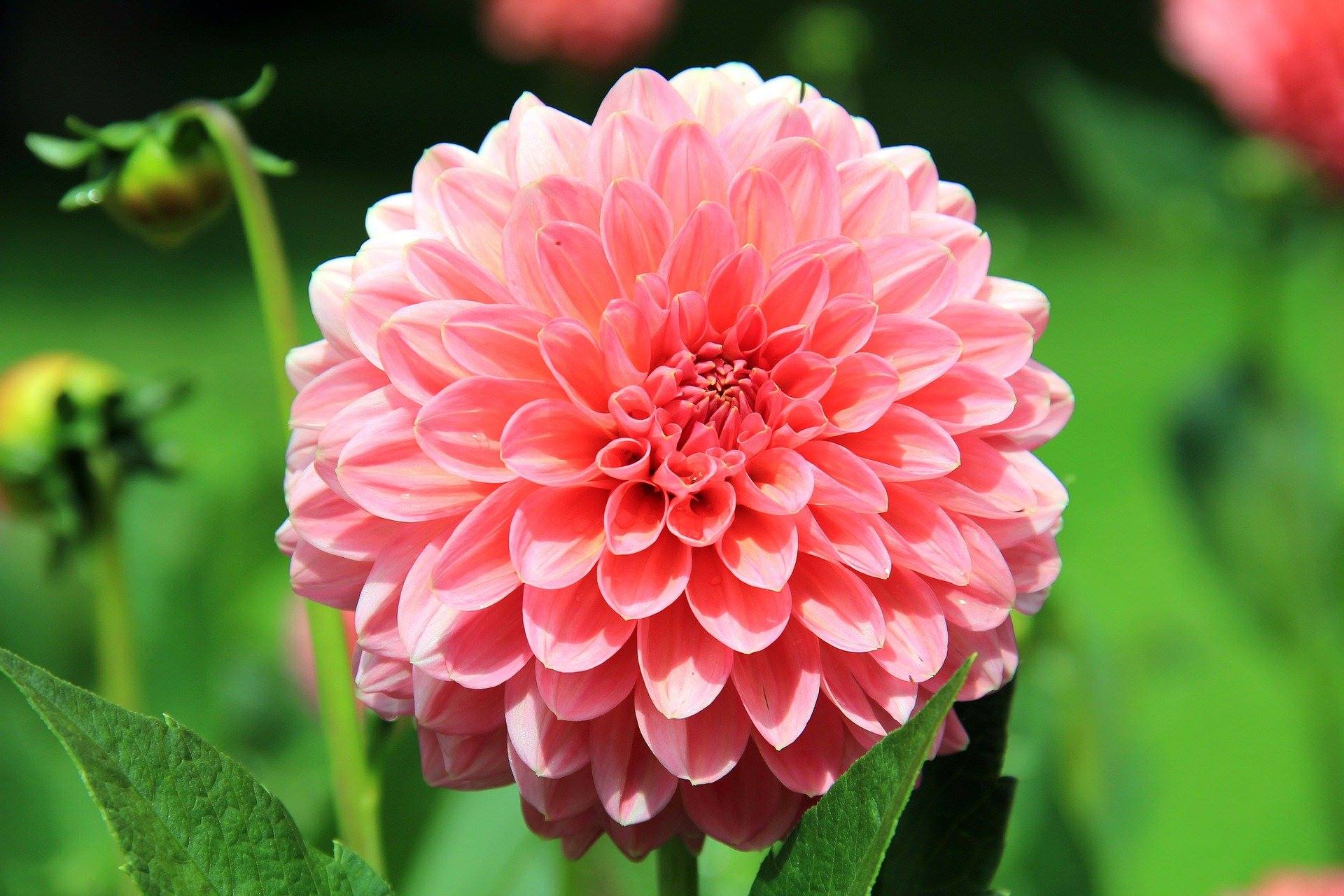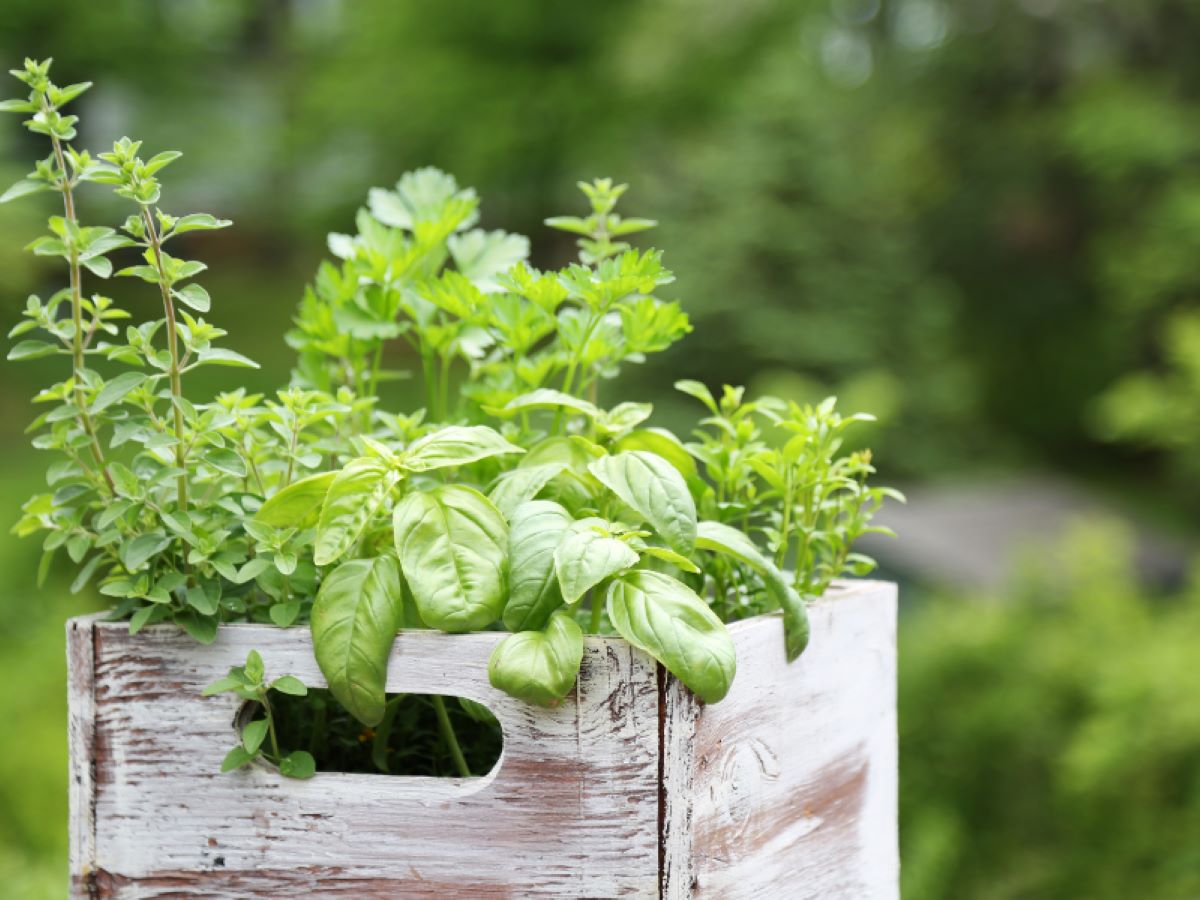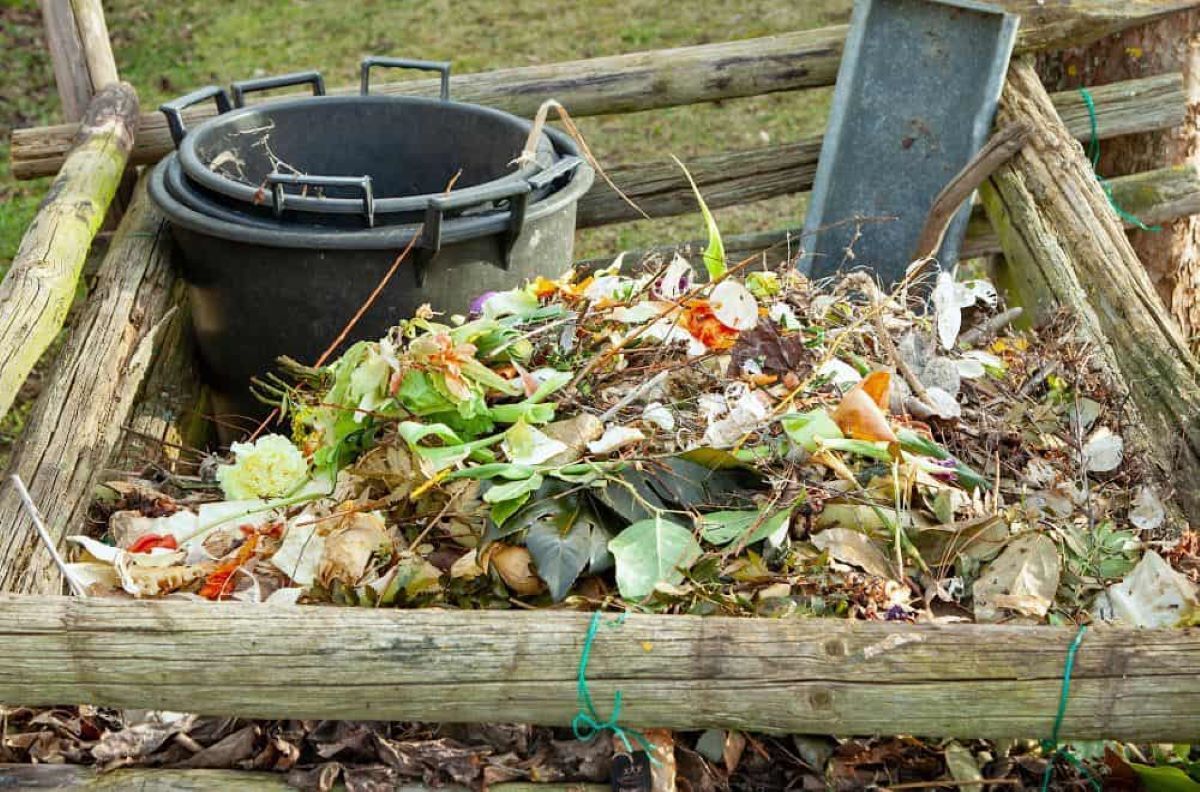Home>Gardening Basics>Understanding Soil>How Long Does It Take For Bulbs To Sprout After Planting


Understanding Soil
How Long Does It Take For Bulbs To Sprout After Planting
Modified: January 22, 2024
Understanding soil and the time it takes for bulbs to sprout after planting. Discover the secrets of successful gardening with proper soil management.
(Many of the links in this article redirect to a specific reviewed product. Your purchase of these products through affiliate links helps to generate commission for Chicagolandgardening.com, at no extra cost. Learn more)
Table of Contents
Introduction
Planting bulbs is an exciting venture for any gardener. Whether you’re looking to add vibrant colors to your flower beds or create a stunning floral display, the sprouting of bulbs is a crucial stage in the growth process. It’s the moment when dormant bulbs awaken and begin to push through the soil, signaling the beginning of a new season.
Understanding the timing of bulb sprouting can help you plan and prepare your garden effectively. However, the question of how long it takes for bulbs to sprout after planting is not a straightforward one. Various factors can influence the sprouting time, such as the type of bulb, planting conditions, and environmental factors.
In this article, we will explore the factors that affect bulb sprouting time, discuss the sprouting times of some common bulbs, and provide planting techniques and tips to promote faster sprouting.
Before we dive into the details, it’s important to remember that gardening is a process of patience and flexibility. While we can do our best to create favorable conditions for bulb sprouting, nature has its own timeline. So, let’s embrace the journey and uncover the secrets of bulb sprouting!
Factors Affecting Bulb Sprouting Time
The sprouting time of bulbs can vary significantly depending on several factors. Understanding these factors can help determine why bulbs may take longer to sprout in certain circumstances:
- Bulb type: Different bulbs have different growth patterns and dormancy periods, which directly affect their sprouting time. Some bulbs, like tulips and daffodils, require a cold period to break their dormancy and initiate sprouting. Others, such as lilies and gladiolus, do not have strict cold requirements and may sprout relatively quickly after planting.
- Planting depth: The depth at which bulbs are planted can impact their sprouting time. Planting bulbs too deep may delay sprouting as they need to exert more energy to reach the surface. On the other hand, planting bulbs too shallow may expose them to fluctuations in temperature and drying out, hindering or damaging the sprouting process.
- Soil temperature and moisture: Bulbs require specific soil conditions to sprout successfully. Soil temperature plays a vital role in bulb sprouting, with most bulbs preferring a soil temperature between 50 to 60 degrees Fahrenheit (10 to 15 degrees Celsius). Moisture levels in the soil also affect sprouting. Excessively wet or waterlogged soil can lead to rotting, while excessively dry soil may delay or inhibit sprouting.
- Environmental conditions: External factors such as sunlight exposure, air temperature, and weather patterns can influence bulb sprouting. Bulbs need an adequate amount of sunlight to stimulate photosynthesis and promote healthy growth. Additionally, a sudden drop or rise in temperature can impact their sprouting process, potentially causing a delay or even failure to sprout.
- Bulb quality: The quality and health of the bulbs themselves can affect sprouting time. High-quality bulbs that are firm, disease-free, and not damaged are more likely to sprout quickly and thrive. Bulbs that are past their prime or have been improperly stored may take longer to sprout or may not sprout at all.
By considering these factors, you can optimize the conditions for bulb sprouting and increase the chances of successful growth. Now, let’s explore the sprouting times of some common bulbs to get a better idea of what to expect when planting them.
Common Bulbs and Their Sprouting Times
The sprouting times of bulbs can vary depending on the type of bulb you are planting. Here are some common bulbs along with their approximate sprouting times:
- Tulips: Tulips are beloved for their vibrant colors and classic beauty. After planting, tulip bulbs typically take around 1 to 3 weeks to sprout. However, certain varieties may have longer or shorter sprouting times.
- Daffodils: Daffodils, also known as narcissus, are resilient and cheerful spring flowers. They usually take about 2 to 6 weeks to sprout after planting. The exact sprouting time may depend on the variety and growing conditions.
- Crocuses: Crocuses are early bloomers, often heralding the arrival of spring. These bulbs can sprout within 1 to 3 weeks after planting, as long as the soil temperature is cool enough.
- Lilies: Lilies are stunning and fragrant flowers that come in various colors and patterns. Depending on the specific lily variety, they can take anywhere from 2 to 8 weeks to sprout after planting. Lily bulbs generally prefer warmer soil temperatures for optimal growth.
- Hyacinths: Hyacinths are known for their sweet fragrance and dense flower clusters. After planting, hyacinth bulbs typically take around 2 to 3 weeks to sprout, depending on the growing conditions.
- Gladiolus: Gladiolus bulbs produce tall, elegant flower spikes in a range of colors. These bulbs usually take about 2 to 4 weeks to sprout after planting, given that the soil temperature is warm enough.
It is important to note that these are general guidelines, and sprouting times can vary depending on individual growing conditions and the health of the bulbs. Monitoring the progress of your bulbs and making necessary adjustments to the growing environment will help ensure successful sprouting.
Now that we have explored the factors influencing sprouting time and discussed the sprouting times of common bulbs, let’s move on to discover planting techniques that can promote faster and healthier bulb sprouting.
Planting Techniques to Promote Bulb Sprouting
Proper planting techniques can greatly enhance the sprouting of bulbs and ensure their healthy growth. Here are some techniques to consider when planting bulbs:
- Choose the right location: Select a planting location that provides the ideal conditions for the specific type of bulb you are planting. Consider factors such as sunlight exposure, soil drainage, and proximity to other plants.
- Prepare the soil: Before planting, ensure that the soil is well-draining and enriched with organic matter. This will provide a favorable growing environment for the bulbs. Remove any weeds or debris from the planting area.
- Plant at the correct depth: Different bulbs require different planting depths. As a general rule, plant bulbs at a depth that is roughly two to three times their diameter. This helps provide them with the necessary stability and protection while allowing them to easily sprout.
- Water adequately: Water the bulbs thoroughly after planting to settle them into the soil. Subsequently, monitor the soil moisture level and water as needed, keeping in mind that overwatering can lead to bulb rot.
- Add mulch: Applying a layer of mulch over the planted bulbs can help conserve soil moisture and moderate soil temperature, creating a favorable environment for sprouting. Use organic mulch such as wood chips or straw.
- Protect from pests: Take measures to protect your bulbs from pests such as squirrels, rabbits, and deer. Use physical barriers or repellents to deter these animals and prevent them from digging up or eating the bulbs.
- Provide adequate nutrients: Bulbs contain their own energy reserves for sprouting, but it is beneficial to provide them with additional nutrients. Use a bulb fertilizer or incorporate compost into the planting hole to promote healthy growth.
By implementing these planting techniques, you can create optimal conditions for bulb sprouting. Remember to adapt these techniques based on the specific requirements of the bulbs you are planting.
Now, let’s explore some tips for speeding up the sprouting process and enjoying the colorful blooms of your bulbs even sooner.
Tips for Speeding Up Bulb Sprouting
If you’re eager to see your bulbs sprout and bloom sooner, there are a few tips you can follow to help speed up the process:
- Pre-chill the bulbs: Some bulbs, like tulips and hyacinths, require a period of cold dormancy to trigger sprouting. You can pre-chill these bulbs in the refrigerator for a few weeks before planting to simulate winter conditions and encourage faster sprouting.
- Soak the bulbs before planting: Soaking certain bulbs, such as lilies, in warm water for a few hours or overnight before planting can help hydrate them and stimulate faster sprouting.
- Choose the right time for planting: Planting bulbs at the optimal time can contribute to faster sprouting. Consult a planting guide or a local gardening expert to determine the best time of year to plant the specific bulbs you have.
- Provide supplemental lighting: If you’re growing bulbs indoors or in an area with limited sunlight, providing supplemental lighting with grow lights can promote faster sprouting and robust growth.
- Protect from extreme temperatures: During periods of intense heat or cold, take steps to protect your bulbs. Cover the planted area with a layer of mulch or use protective covers to shield them from temperature fluctuations.
- Monitor and adjust moisture levels: Ensure the soil remains consistently moist but not waterlogged. Check the moisture level regularly and adjust watering accordingly to create an optimal environment for sprouting.
- Practice proper bulb storage: If you purchase bulbs in advance, store them properly until planting time. Keep them in a cool, dry place to maintain their viability and promote faster sprouting.
While these tips can help accelerate bulb sprouting, it’s crucial to remember that nature has its own timeline. Each bulb is unique, and factors such as bulb quality and environmental conditions can still influence the sprouting process. Patience and care are key to successful gardening.
By following these tips and utilizing appropriate planting techniques, you can maximize the chances of speedy and successful bulb sprouting, ultimately leading to a spectacular show of color and beauty in your garden.
Conclusion
Understanding the factors that affect bulb sprouting time and implementing proper planting techniques are essential to promote successful growth in your garden. Different bulbs have varying sprouting times, influenced by factors such as bulb type, planting depth, soil temperature and moisture, environmental conditions, and bulb quality. By considering these factors, you can create optimal conditions for bulbs to sprout and thrive.
Throughout this article, we’ve discussed the sprouting times of common bulbs, including tulips, daffodils, crocuses, lilies, hyacinths, and gladiolus. Each bulb has its own unique growth patterns and requirements, which should be taken into account when planning your garden.
Additionally, we’ve explored planting techniques that can promote bulb sprouting, including selecting the right location, preparing the soil, planting at the correct depth, watering adequately, adding mulch, protecting from pests, and providing adequate nutrients. Following these techniques can create an ideal environment for bulb sprouting.
For those seeking to speed up the sprouting process, tips such as pre-chilling bulbs, soaking them before planting, proper timing of planting, providing supplemental lighting, protecting from extreme temperatures, monitoring moisture levels, and practicing proper bulb storage can help expedite the sprouting process. However, it’s important to remember that gardening is a patient and rewarding journey, and natural factors will ultimately dictate the pace of sprouting.
As you embark on your bulb planting adventure, embrace the joy of watching the earth awaken with vibrant blooms. With the right knowledge and techniques, you can create a magnificent garden filled with colorful flowers that will bring beauty and delight for seasons to come.




